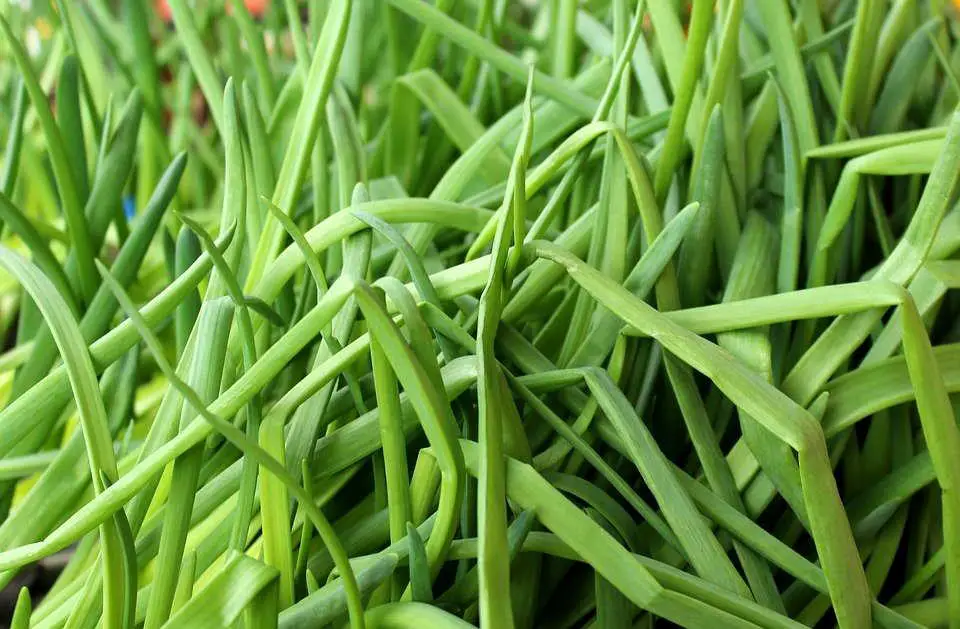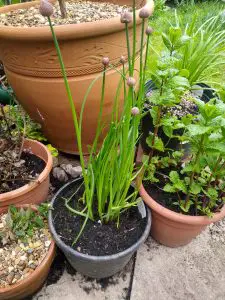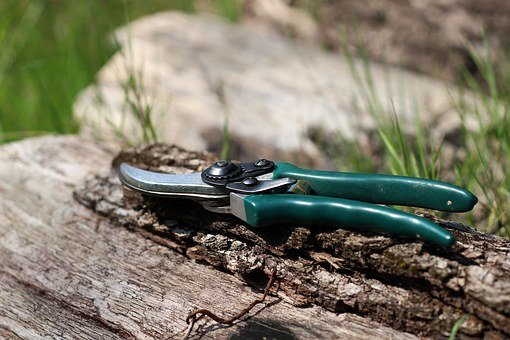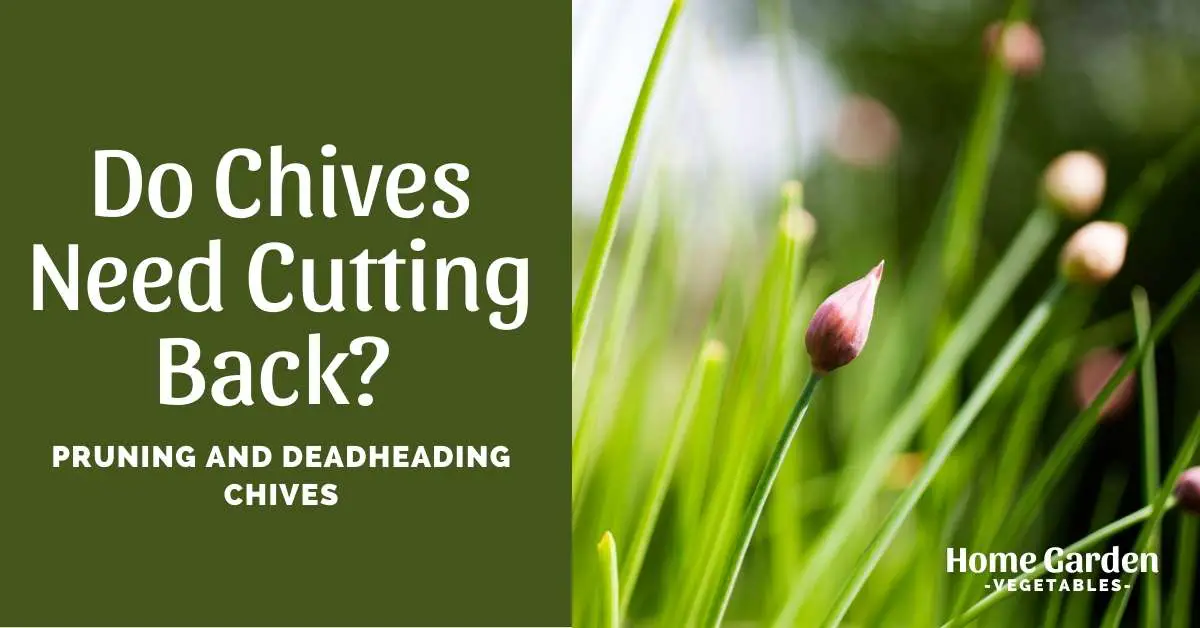Chives are a commonly used herb and a favorite choice of many home gardeners. The tubular blue-green leaves are chopped and added to omelets, soup, salads, and fish. Chives are perennials. With just a little maintenance, they come back year after year with a fresh supply of flavorful herbs for your kitchen.
One question most chive growers often have in mind is – do chives need cutting back? Though it’s not a necessity, pruning chives is a good practice. Chives need regular pruning to rejuvenate and continue growing optimally every season.
Reader Poll: What online courses would interest you?

Why Do Chives Need Pruning?
Like most other herbs, chives do better with regular pruning. Though your chives will still grow, and you’ll still be able to harvest chives even if you don’t prune, cutting back offers some amazing benefits to the plant.
Here are a few benefits you get out of regularly pruning your chives plantation.
- Promotes New Leaves
It’s the tender, new leaves that are most wanted in the kitchen for their superior flavor and texture. Pruning promotes the plant’s new growth, making sure you always have fresh, new leaves to harvest.
Subscribe to our newsletter!
- Gives A Neat Look
Overgrown chives, which aren’t pruned or harvested regularly, turn woody and floppy. Instead of the neat, erect look of regularly trimmed chives, you’ll find stems bending over to the ground. Cutting them back regularly, especially in the fall, will keep your chives garden in good shape.
- Prevents It From Invading The Garden
Chives spread very quickly if you don’t take measures to keep them within their space. After the flowers set seed, they vigorously drop seeds to the ground for a new set of plants and will spread quickly if they’re not dealt with. Deadheading flowers before they set seed can prevent chives from spreading. You’ll learn more about this later in the post.
Harvesting Chives

If you are harvesting chives regularly, you may not need to prune the plants. During their first year of growth, harvesting chives 3 to 4 times is a good practice. You can harvest them monthly in the next couple of years, and they’ll grow back each time with fresh energy.
What Is Deadheading?
Deadheading is a term used to describe the removal of flowers from the plants once they start fading or are already dead. It won’t just enhance the garden’s look but will also boost the plants’ performance. Chives are beautiful ornamental plants when they’re in full bloom, but they’ll start losing their attraction once the flowers start fading.

The spent flowers aren’t of much use besides the development of seeds. If you’re not interested in spreading your chives garden, don’t let the plants focus their energies on reseeding. The spent flowers are removed from the plants so your chive plants can continue using their resources on new growth.
When To Prune Chives?

Now they’re two opinions on the best time to prune chives, and it depends on your personal preference.
Approach 1 – Don’t Let Chives Bloom
Those who regularly use chives in the kitchen like to prune the plants as soon as the flower buds form. If you let the flower buds develop, the plant will concentrate its energies on the flower stalk rather than new leaves.
The flower stalk is tough and not very palatable. So if you’re looking for loads of chives to harvest every few months, cut them back each time you see flower buds forming. Besides this specific time, you can also harvest any time else they’re needed in the kitchen.
Approach 2 – Let It Bloom
You may not want to miss out on the beautiful thick purple blossoms. They’re a delightful sight in the garden and also make an exquisite garnish on many dishes. Whether you enjoy the view or use them as a garnish, be quick to prune chive plants as soon as the blooms start fading. After blooming, the plants will quickly reseed. If you don’t want that, cut them back halfway to the ground to get rid of all the fading flowers.
Cut Them Back In Late Fall
Wait until late in the fall to give them a hard pruning. This is the time when chives go dormant. Pruning them to the ground promotes new growth in spring as soon as the weather is favorable.
How To Prune Chives

Pruning chives is easy. You just hold the tuft to the ground and cut them with sharp pruning shears, leaving about 1 to 2 inches of growth from the ground. Water the trimmed plants and apply a general-purpose liquid fertilizer to boost new growth. You’ll find that within a few weeks, the plants will regrow with a fresh burst of leaves to harvest!
How To Deadhead Chives
Deadheading chives plants is as simple as it gets. Once the plants are done blooming and are just starting to fade, you’ll want to get rid of the spent flowers. You can either cut the flower stalks back to the ground using sharp scissors or pruning shears or just pinch off the flowers on the tips of the stalk.
Cutting off the flower stalk from the plant’s base is generally a better idea since it saves you from accidentally harvesting these with the leaves. While the leaves are tender and flavorful, the flower stems are woody. It’s better if they don’t become a part of your harvest.
Conclusion
While you can let your chives plants grow at their will, regular pruning will give them a well-kempt and healthy look. It will also boost fresh harvest, so you can always have plenty of chives to flavor your meals. Make it a habit to deadhead and prune your chives timely to maintain a beautiful garden.

